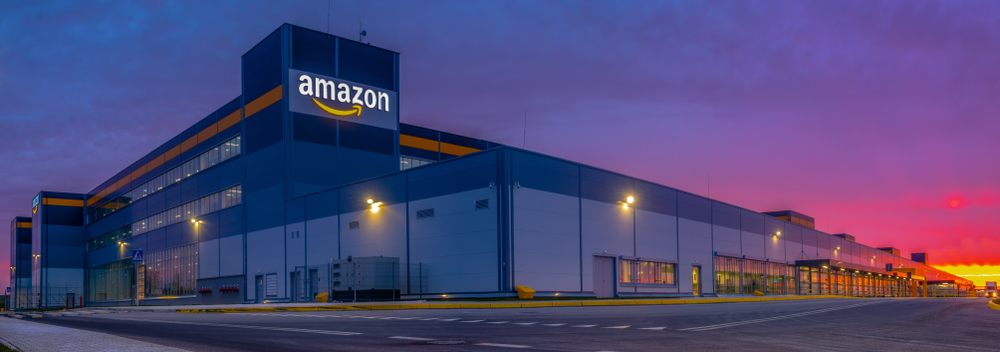
Amazon’s sales in Europe are well over $30 Billion and the marketplace is growing rapidly.
Brexit had a huge effect on Amazon sellers already selling products in the UK and European mainland. The dust has settled and it is much clearer now how to grow your business internationally.
In this article we cover the top tips for expanding your Amazon business into Europe.
Tip 1 First Step
Before, your first overseas market should have been the UK as everything is in English which makes things a lot easier when you are getting familiar with the rules of the game in Europe. Imagine trying to learn the system in Italian or French if you don’t speak these languages.
But now because of Brexit, it makes more sense to have 2 hubs. Germany is Amazon’s biggest market in Europe with the UK a close second.
When deciding where to expand first – consider both of these top options as a way to start.
Tip 2 Start Small
Instead of shipping all your products into a new market, focus on a small quantity of one item only to start with. If you send 1000 units of each product – it might end up costing you a lot in fees.
Use 100 units to get familiar with the market. That way any mistakes won’t cost you a fortune. You might find that you need special paperwork and certificates to import to Europe. If you have 5000 units stuck in customs, it can get very expensive.
List the product, set up ads, and check that the payment system is working well and Amazon is depositing the money into your account. Then you can expand your inventory.
Tip 3 Company Set Up
Before launching in Europe make sure to speak with an accountant and tax advisor about your situation. For some sellers – the process will be relatively simple.
Taxes are a complicated part of selling overseas, because now you need to keep accurate records for each market separately.
If you’re already selling well in the US, invest the money to get proper local tax advice in the UK about how your specific business will be taxed. Don’t follow what you read on forums as the rules change all the time.
Just like with your US business, you should be able to minimize the profit tax by reinvesting into additional stock for growth.
Tip 4 VAT
When you sell an item, European governments expect you to hand over approximately 20% as value-added tax. This varies from country to country.
When analyzing which niche to enter, remember that the price includes this 20% tax. You need to factor that into your calculations. In the USA, sales tax is added on top of your price. If you sell something for $20 you get $20. But in the EU, the tax is part of your product price.
Tip 5 Expanding Further
If you’re selling from the UK and find you are shipping 5 to 10 units a day or more to one of the other markets in Europe, you can arrange to send stock directly to the warehouse to save some of the shipping fees.
If you choose Germany as your base of operations in Europe – you can add stock to the other marketplaces as your sales there expand.
Tip 6 Warehouse
In most countries you need to have a local company and address to be able to import and pay customs duties.
One way around this is to use a warehouse service that also handles customs brokerage on your behalf. This will add to your costs, but it’s a lot cheaper than setting up your own local company.
The warehouse doesn’t have to be in the UK. It may be cheaper to ship into a different port in Europe, deliver to your warehouse in one country and then split the shipment for delivery to multiple European Amazon warehouses.
Get multiple quotes and compare them in terms of what makes sense for your product.
